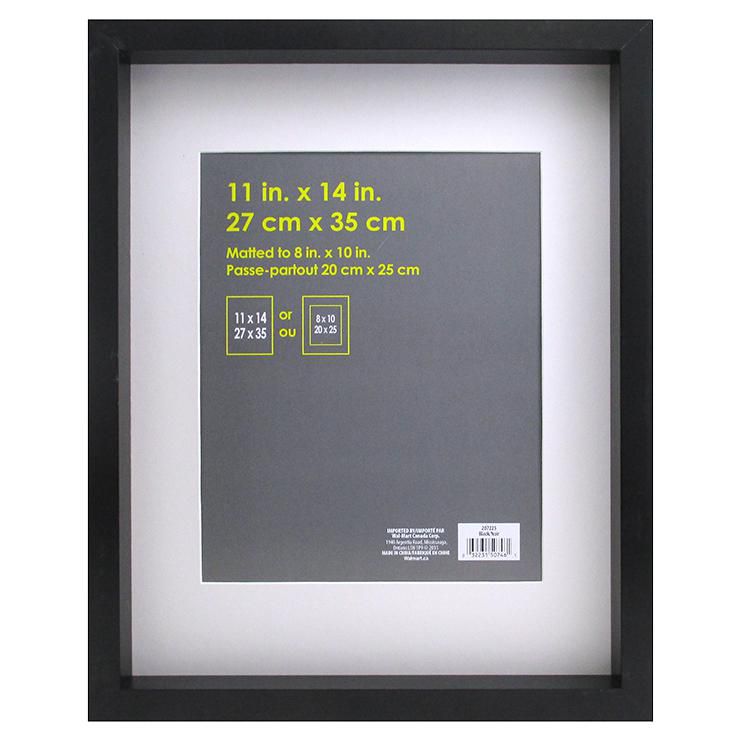

It then copies the selected pixels onto a temporary layer for editing purposes. This creates a special selection based on a mixture between the current selection and the opaque areas of the picture frame that are within that selection. This will be based on the current layer selected, so make sure you still have the PIcture Frame layer selected. The other types of picture frames won't work as nicely.Ģ) With the Picture Frame layer selected Hit Ctrl + A to select the entire layer.ģ) Hit Ctrl + F to float the selection. These are the best solid colors to use when working with a mask in the first place. It requires this type of Picture frame because it's a solid color, and it's white or black. This effect requires one of the Picture Frames that creates a solid white border around the image. This is necessary because of how Picture Frames work.Ģ) I'm going to show you how to create a simple blended edges mask that you can use time and time again. You're looking for a mask.ġ) First I'm going to show you how to convert those "Fun Edge" picture frames into masks. The important thing you need to understand is you're not looking for a frame. I want to demonstrate two different things that I think can help you. Okay, I know this is a big post, but bare with me. Activate the mask layer and use the Flood Fill tool to apply that gradient to the mask. Edit that gradient by moving the Gradient sliders so that most of the area is black and there is a quick transition to white:Ĥ. In the Materials palette, set the Foreground to a gradient, and choose a circular black to white gradient.ģ. In the Layers palette (with the frame layer active), choose Mask.Show All.Ģ. If you want to fade the frame, it can be done with a mask. Choose your desired foreground colour in the Materials palette, and use the Flood Fill tool to fill the selection with your colour: With that frame layer active, use the Magic Wand set to a Match Mode of "Opacity" and click on the white area.ģ. Apply the frame to the inside of the image.Ģ. Yeah, those automatic frames are a bit weird.ġ. Having to go to EFFECTS>EFFECT EDGES.or whatever.to show a small thumbnail of an effect isnt great.much perferred Photoimpact when you ran your mouse along the effects and by and large the effect changed on your original large image so you can see what the effect was better. ( If anyone could also shed light on how the heck do you get the right-hand catagories to appear in my main editing page would be appreciated. ( i think ).but have coloured this purple. or perhaps just blend it into my orignal background. NOW - all ive managed to do on this program is, SELECT IMAGE>PICTURE FRAME> ( a choice appears) once click on.say.EDGE FUN 03.the effect ( of some flowers ) does appear.but alone with it a massive great white border.shrinking the image etc.ALL I WANT TO DO IS TO TURN THAT MASSIVE WHITE BORDER INTO.SAY. click on lect a fancy design and hey-ho it appears.the effect of a photo with a blended feel into the background. A more subtle effect.Įasy enough ( with previous versions.Photoimpact 11 per say ).


Im doing a dvd cover so ideally not wanting a ''photo simply stuck on page' look. Place a photo on a page and then give it a border.a 'transparent' border - aka.perhaps a softened edge / or one which looks like its 'merged' into the background. Oh dear oh dear oh dear this isnt going at all well.as per the norm!!


 0 kommentar(er)
0 kommentar(er)
